As a child, he was mesmerised by their mischievous ways of frolicking along the banks of the Arasalar River that flowed near his home. For hours, he would observe them efficiently swimming in the river, catching fish, and grooming each other. At that time, he had no inkling that one day, these otters would be such an integral part of his life and career growth and that he would be lovingly called “The Otterman” by his colleagues. In this article, Dr. Narasimmarajan Kannathasan, the Head of Conservation at BNHS, discusses his journey through the world of conservation science, his work on otter research in India, and the need to conserve them.
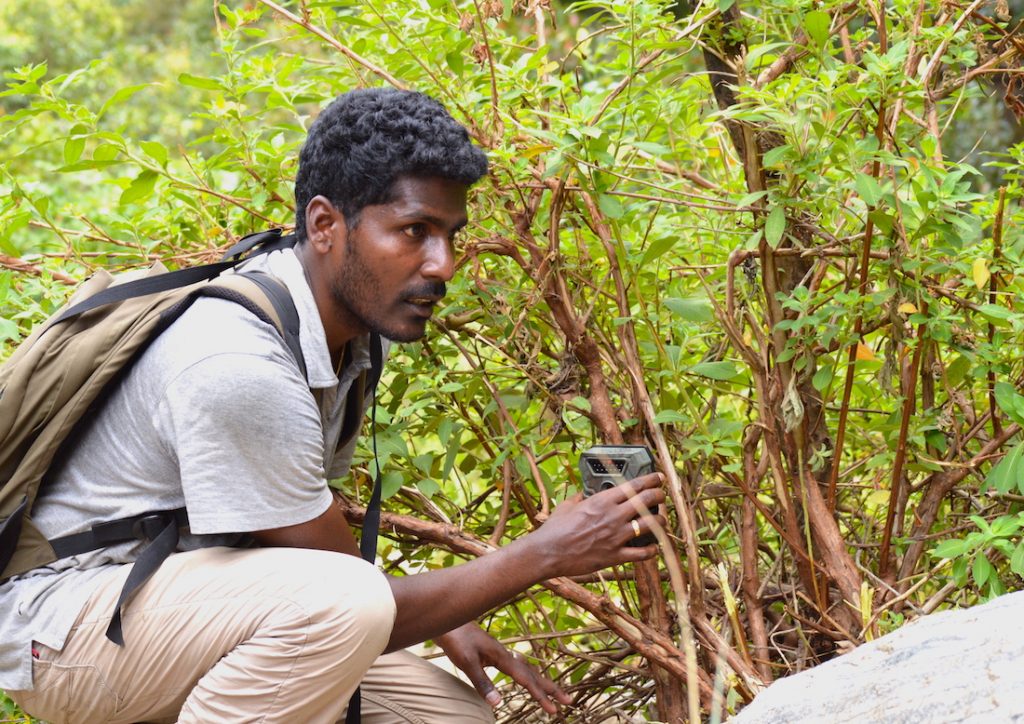
The Journey From Primates To Tigers To Otters
Narasimmarajan grew up in the small Tamil Nadu village of Veeravadi in the Thiruvarur District, surrounded by the bounties of nature. He would swim and play in the Arasalar River, a distributary of the Kaveri River, with his friends and observe the tactics of otters living in the area. Many species of birds in his village would fascinate him, while the howls of jackals at night, which were abundant in the sugarcane farms at that time, would send chills running down his spine. As he grew, so did his love for nature and his obsession with the creatures of nature, and he decided to pursue a career in studying wildlife.
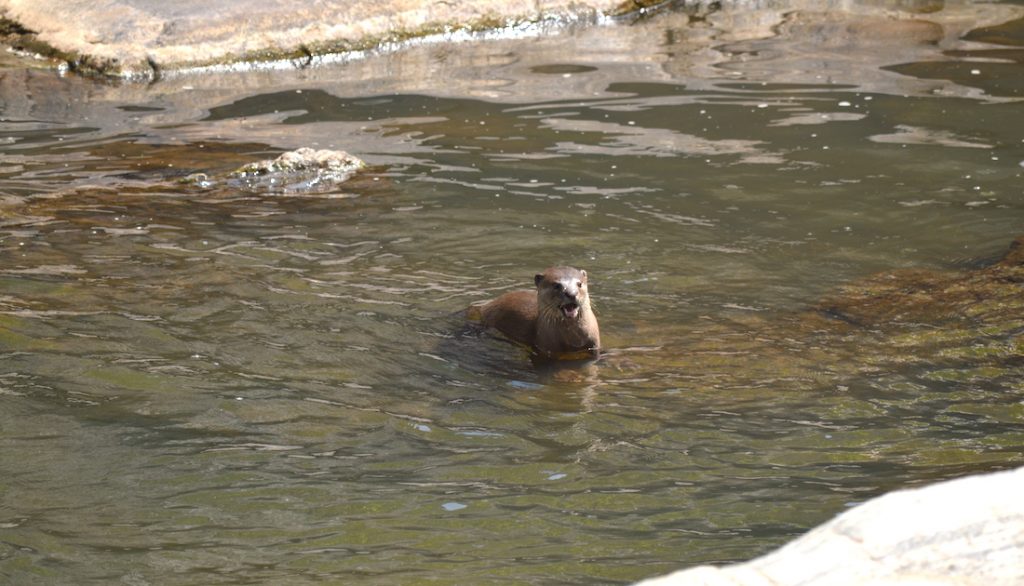
After completing a B.Sc. degree in Zoology from the A.V.C. College in Tamil Nadu, Narasimmarajan decided to pursue an M.Sc. in Wildlife Biology from the same college. The success of many of his college seniors, who were eminent wildlife biologists in India and abroad, inspired him to make the decision. However, otters were not his immediate choice, and their role in his career came later.
“During my college days, I aspired to become a primatologist. The success of Prof. Govindasamy Agoramoorthy, a world-renowned primatologist who hailed from my area, inspired me to follow in his footsteps,” said Dr. Narasimmarajan.
So, Narasimmarajan completed his M.Sc. dissertation on the demography and distribution of the endangered lion-tailed macaques (LTM) in the Anamalai Tiger Reserve, where he conducted intensive research in the rainforests to study the primates.
Post his master’s, he once more got the opportunity to work on LTM’s, this time in an ex-situ conservation breeding programme in the Arignar Anna Zoological Park for a year and then Narasimmarajan started working on research projects related to tigers with the Wildlife Institute of India (WII). His work took him through tiger habitats all over India like Melghat, Mudumalai, kalakad-Mundanthurai, Kanha, Pench, Rajaji, and others. He worked on estimating tigers, co-predators, prey, and their habitats in India.
Later, he got a chance to work on the threatened Nicobar long-tailed macaque in the Andaman and Nicobar Islands as a junior research fellow. Unfortunately, this exciting work was cut short when he contracted the potentially lethal cerebral malaria. He had to shift back to the mainland and get hospitalised for months. After recovering fully, he again worked on tiger conservation programme in central India.
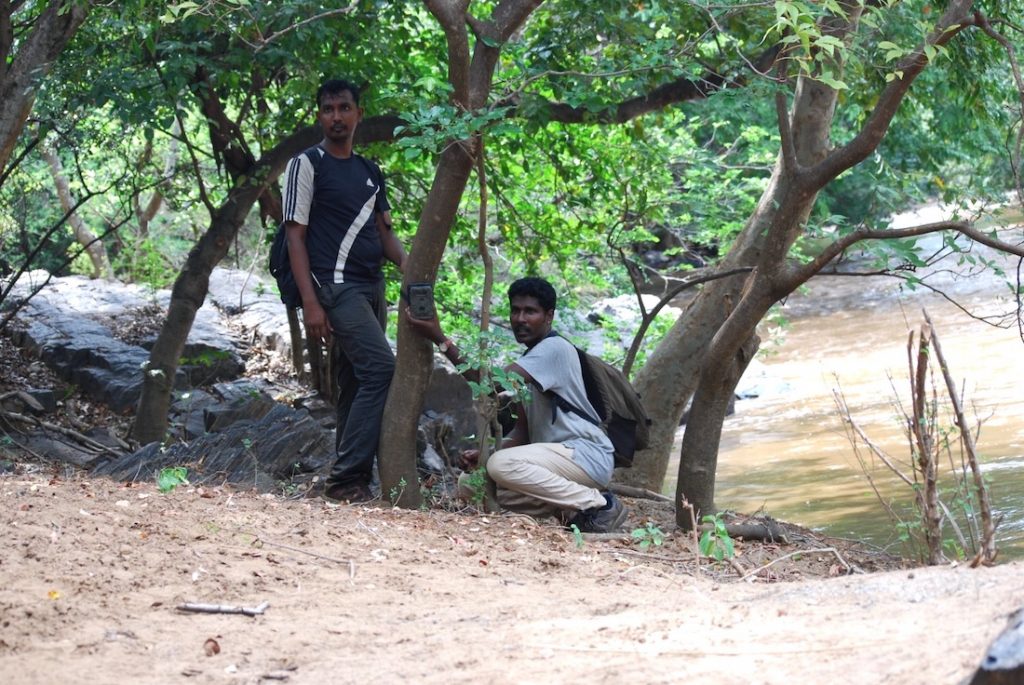
While working on tigers, he also had an opportunity to do a Ph.D. on a tiger research-related topic. However, Narasimmarajan had other plans. His ultimate goal was to work on a less-studied species and contribute to its research and conservation. His old childhood memories returned, and he decided to work on those beloved, playful animals he would watch and admire during his time along the Arasalar River. After doing a literature survey, he found only a handful of publications dedicated to otter research in India. He felt these animals deserved more attention.
“Otters are ambassadors of aquatic ecosystems just like tigers are for forests. These apex predators feed on dead and diseased fishes thereby keeping the gene pool of the fish stock strong and the water bodies clean. Their vital role in the proper functioning of aquatic ecosystems is undeniable,” mentioned Dr. Narasimmarajan.
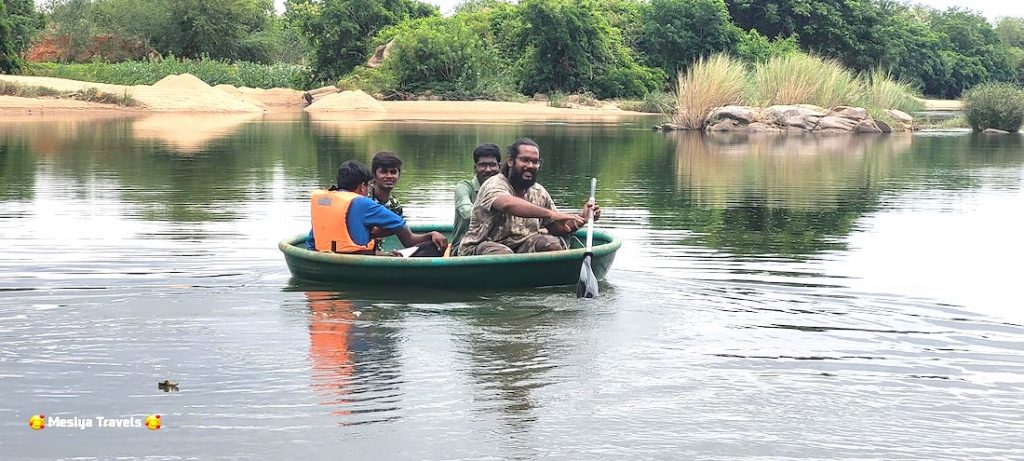
So, after winning prestigious grants like the Rufford Foundation Award and the Conservation Leadership Programme Award and attending a research training program in Calgary, Canada, Narasimmarajan embarked on otter conservation research in 2014. A decade later, in 2024, he completed his Ph.D. from the University of Madras under the guidance of Dr. Manu Thomas Mathai. His thesis topic was “Ecology of otters in River Moyar of the Western Ghats biodiversity hotspot, Southern India.”
Learning About Otters From Dr. Narasimmarajan
Once Narasimmarajan delved into the world of otters, there was no looking back. His research yielded a tremendous volume of information on otter ecology, food habits, spatio-temporal activity patterns, habitat occupancy, threats, and other details on otters in India.
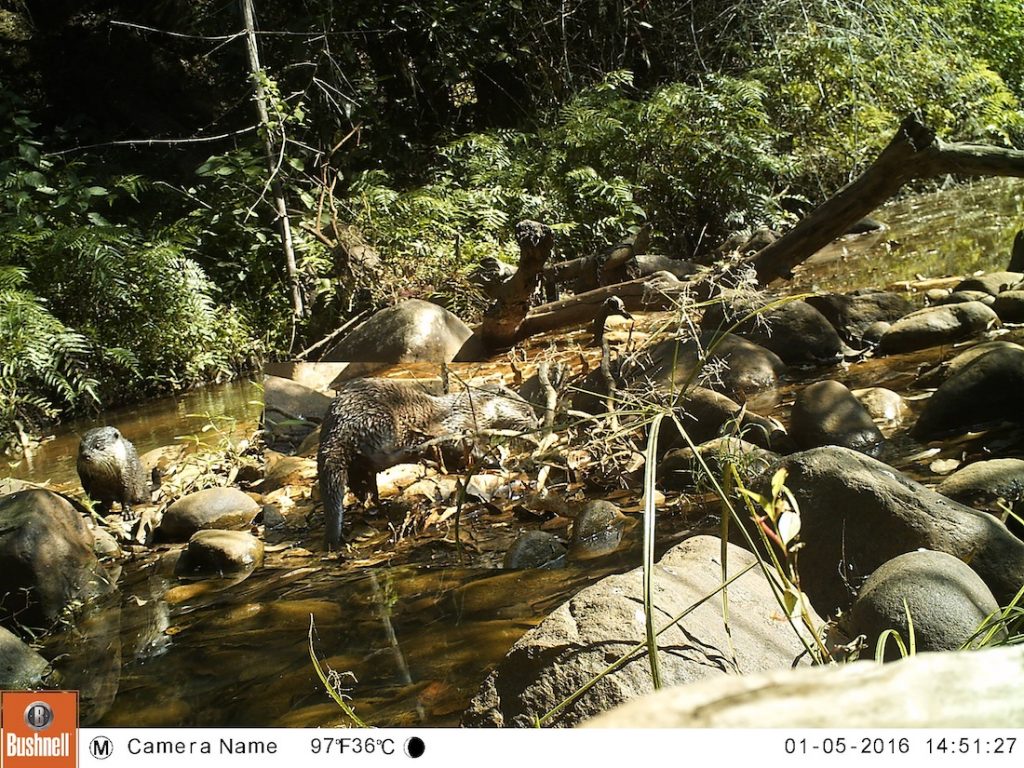
In India, three otter species are found – the smooth-coated otter (Lutrogale perspicillata), the Asian small-clawed otter (Aonyx cinereus), and the Eurasian otter (Lutra lutra). The former two are listed as Vulnerable on the IUCN Red List, while the Eurasian otter is “Near-Threatened.” Otters are found in rivers, lakes, ponds, estuaries, marshes, and even in mangroves like the Sundarbans and paddy fields. Fish comprise most of their diet, but their dietary composition also varies between species and geography. For example, small-clawed otters feed heavily on crustaceans, while mudskippers make up a large part of the diet of otters in the Sundarbans, and even rats are a considerable portion of their diet in paddy fields. A lot also remains unknown about otters because of fewer studies on these mustelids. Narasimmarajan’s publications are among the few scientific papers dedicated to these animals.
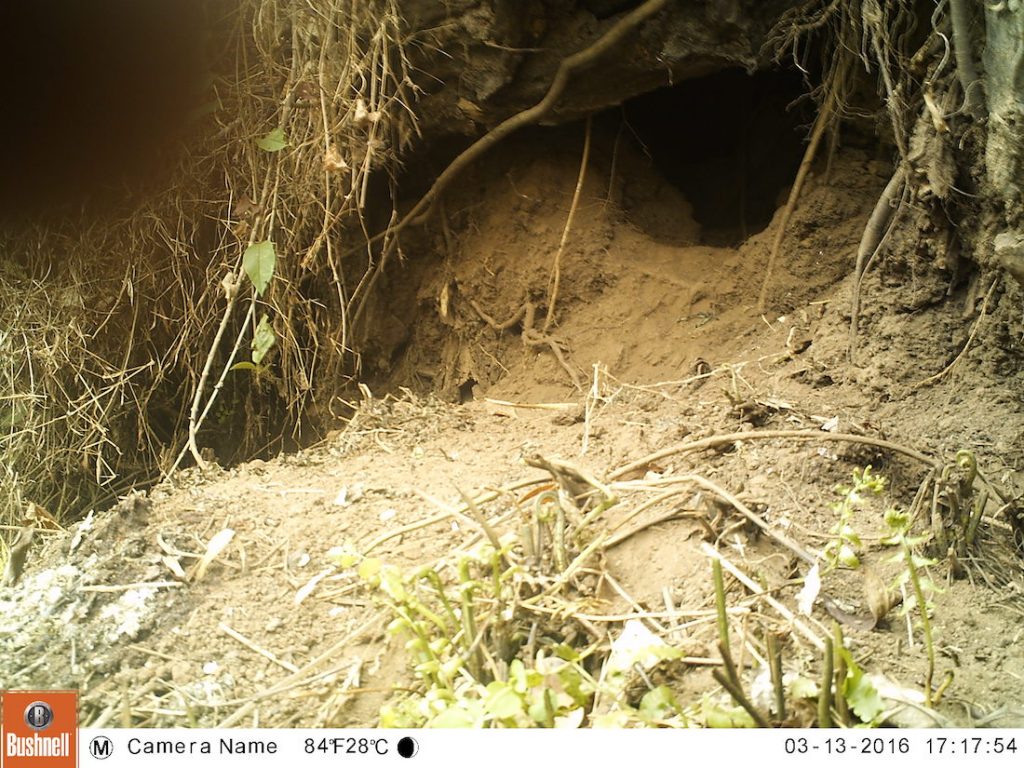
Narasimmarajan’s studies confirmed for the first time the existence of the Asian small-clawed otter in the Moyar River of the Nilgiri Biosphere Reserve in the Western Ghats. Of the world’s 13 otter species, it is the smallest, weighing only around 3 kg. The world’s largest otter is the giant otter, which weighs as much as 40 to 60 kg but is found in South America. Narasimmarajan also discovered the existence of smooth-coated otters for the first time in the Vaduvoor Bird Sanctuary of Tamil Nadu.
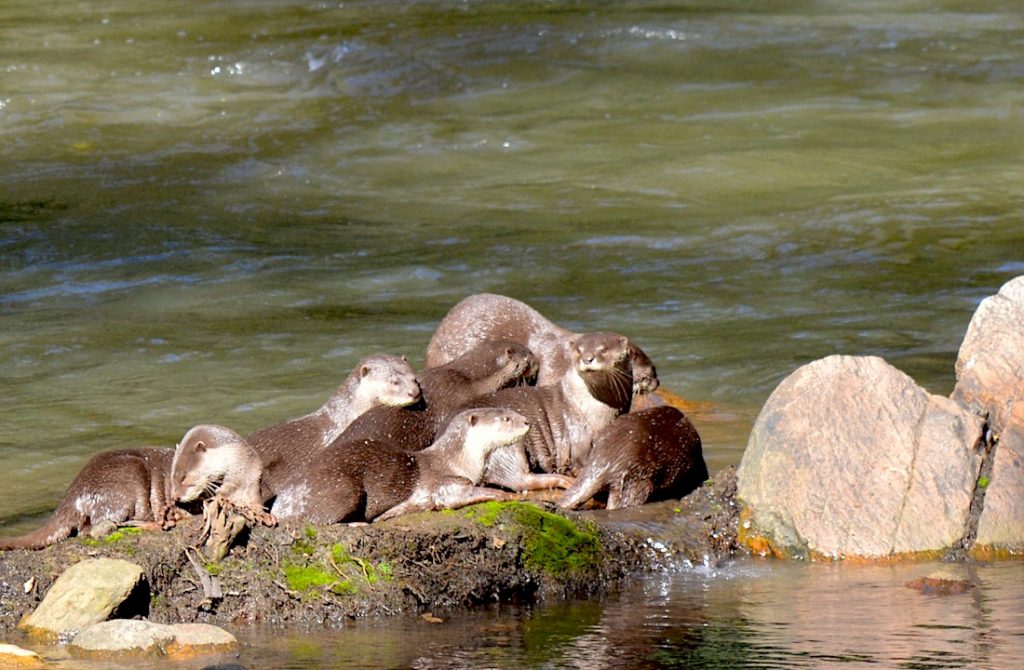
“Very little research has been done to estimate the population abundance and distribution of otters in India. To date, only five Ph.D. theses related to otter research have been submitted, and just 96 scientific papers on these animals have been published in India. Meanwhile, the number goes up to thousands for tigers and other megafauna-related research,” said Dr. Narasimmarajan.
The Future Of Otters In India
In India, a multitude of threats to otters exist. According to Narasimmarajan, the major ones include pollution of aquatic ecosystems, damming of rivers, indiscriminate fishing and dynamite fishing, retaliatory killings, and, of course, poaching.
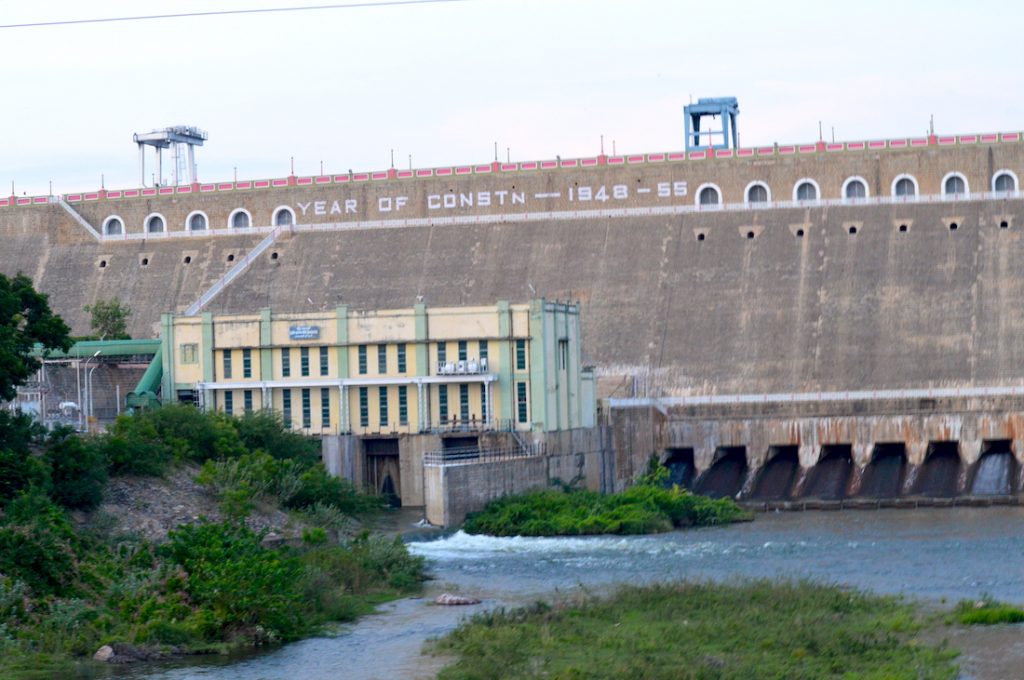
“Agricultural run-offs laden with pesticides and other chemicals kill fish and other aquatic fauna, depleting the prey base of otters. Dams create a barrier to the movement of otters and thus decrease the genetic viability between populations, weakening the gene pool. Live otters are also heavily traded illegally for the pet market and killed for meat, pelt, and otter oil,” Dr. Narasimmarajan described some of the threats to otters in India.
He also discovered that river pits (holes in rocks created by high water flow or by human activities like quarrying), earlier thought to be beneficial to otters due to the abundance of fish in such pits, can actually be a death trap for otters.
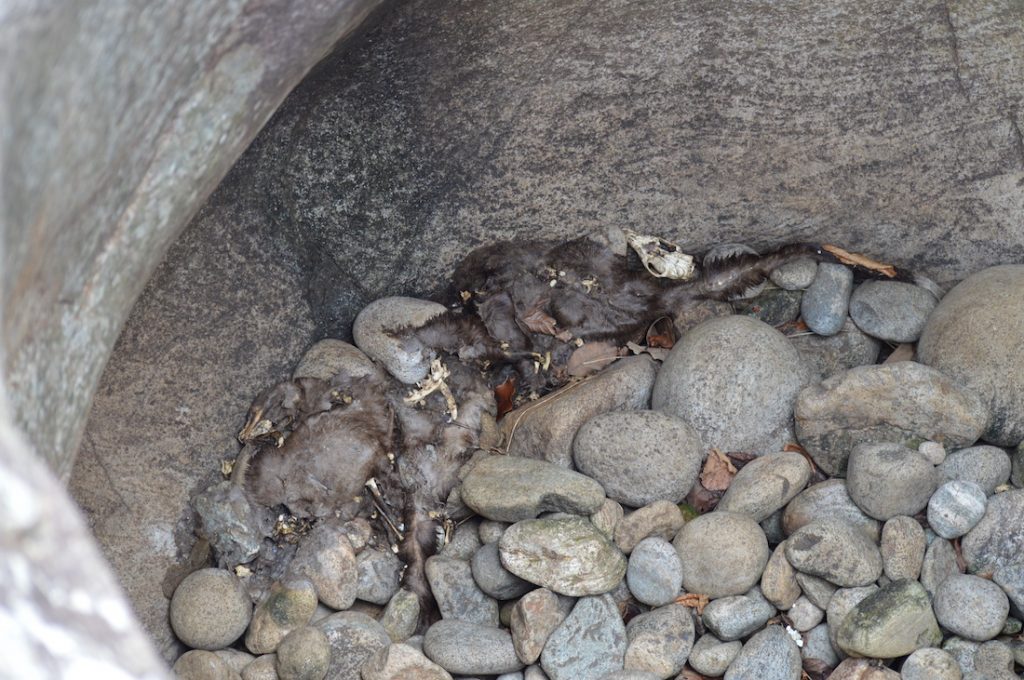
“Often, otters enter the pits to look for fish. However, when a dam regulates the river’s water and the water flow from the dam is reduced, water stops flowing into the pits. Otters get trapped inside as they are unable to climb up the smooth walls and starve and die.”
Given the many threats, Narasimmarajan believes urgent action is needed to protect otters and aquatic ecosystems in India.
“More studies on otters are required in India. I am happy now that more and more of youngsters in the field of wildlife biology are opting to study the lesser-known species, including otters,” said Dr. Narasimmarajan.
During his research on the otters of the River Moyar area, he also wrote a comprehensive river conservation action plan for the river using otters as the ambassador species.
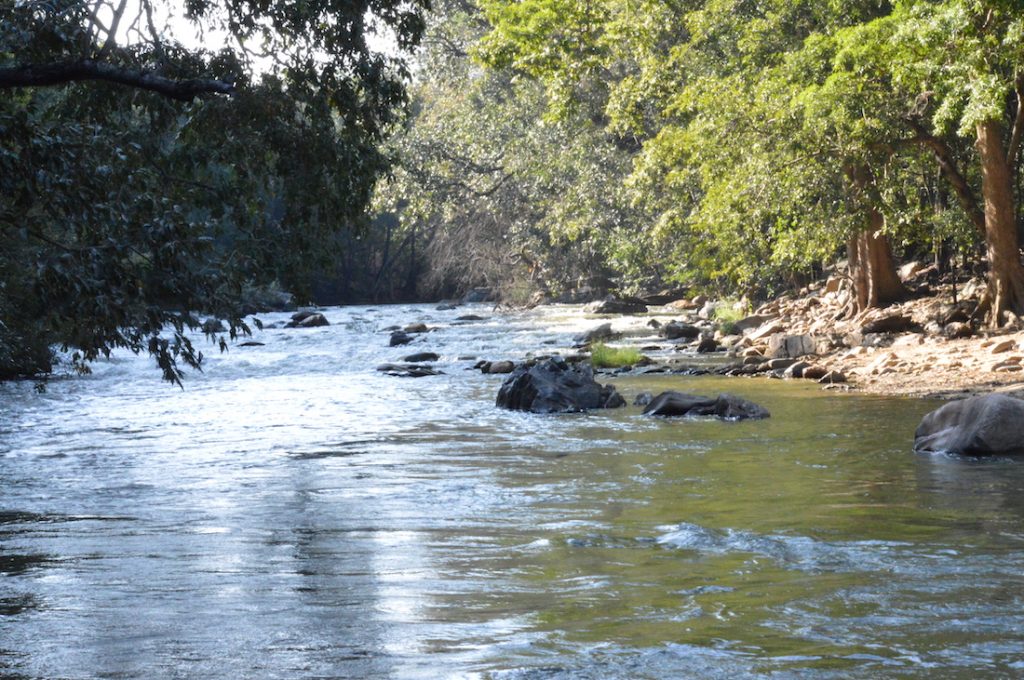
“I am happy that, now, after my work on the area’s otters, the local forest department also keeps a record of the otters along with tigers, elephants, and other species during their regular patrols in that area. Similar action needs to be implemented across India. We need a proper Pan-India survey to estimate the abundance and distribution of otters and other aquatic species and draft a national-level plan to protect the aquatic ecosystems,” he said.
Narasimmarajan also mentioned how the conservation breeding of otters could be another initiative to conserve the species and restore populations.
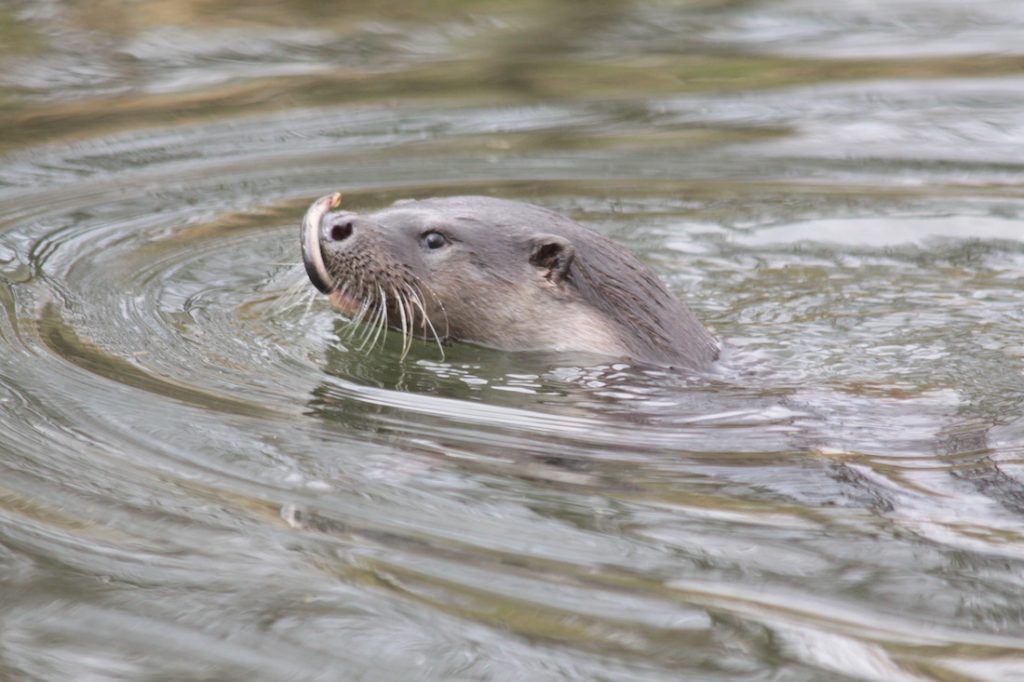
“At BNHS, we initiated to launch of a conservation breeding program for the Eurasian otter. Otters raised in captivity will be released in the wild to increase their wild populations,” he mentioned.
Dr. Narasimmarajan’s work and insights on otters make it clear that our aquatic ecosystems and their unique species, like otters, urgently need conservation. The depletion of otter populations, the ambassador species of aquatic ecosystems, means that these systems are unhealthy and unfit for human sustenance. Thus, the millions of people in India who are dependent on such systems will suffer.
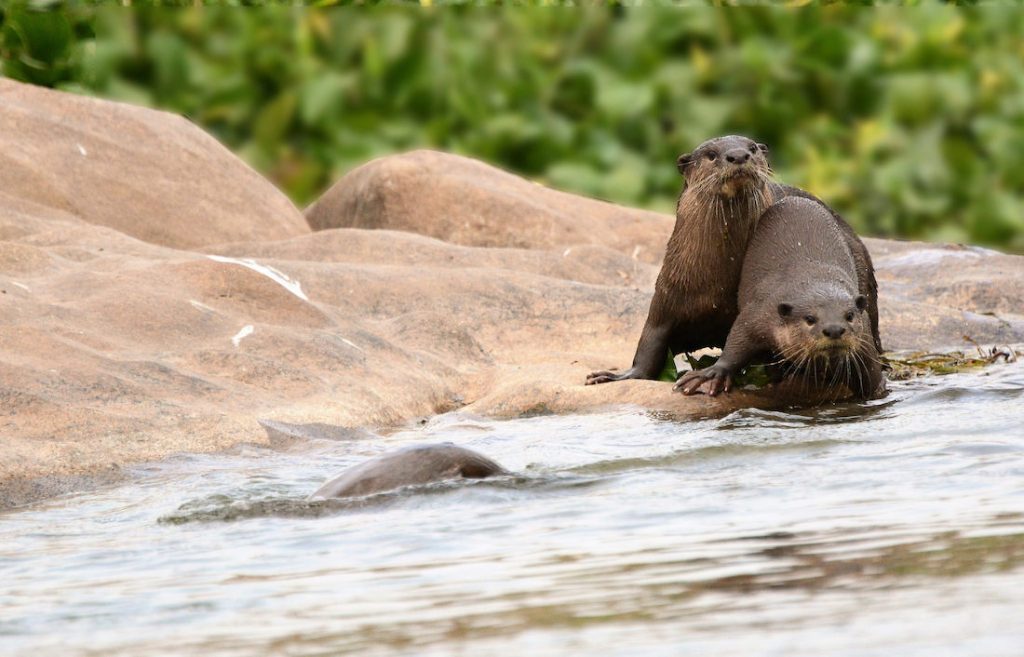
“If you have not seen otters in the wild, you are missing out on something wonderful. They are a pleasure to watch. Their playful antics can keep you engaged for hours,” mentioned Dr. Narasimmarajan.
“So, walk along river banks and look out for them. Sit quietly and watch them from a respectful distance without disturbing them. And also take initiatives to protect them and their habitats,” he said.

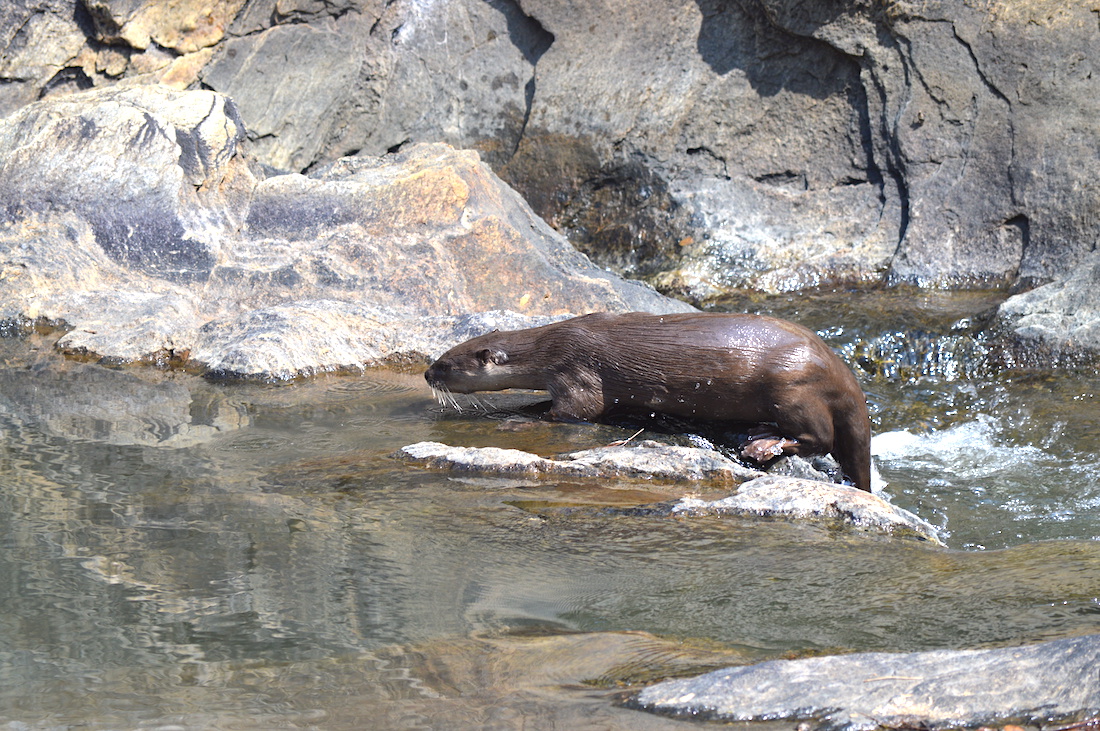
Such a elusive water dogs play a vital role in river ecosystem. All the best for your future endeavours Dr. Narasimmarajan Kannadhasan
Thank you so much for your positive words Dr. Samson
We have Blackbuck sanctuary , Peacock sanctuary , Wild Ass sanctuary , Slothbear sanctuary and so on . . Do we have an Otter sanctuary anywhere in India ?
Yes! Dr. Kumar, we have one dedicated otter conservation reserve in Karnataka, Tungabhadra otter conservation reserve/sanctuary
Congratulations my friend! Keep up the good work👏👏
Thank you my dear friend @sunita